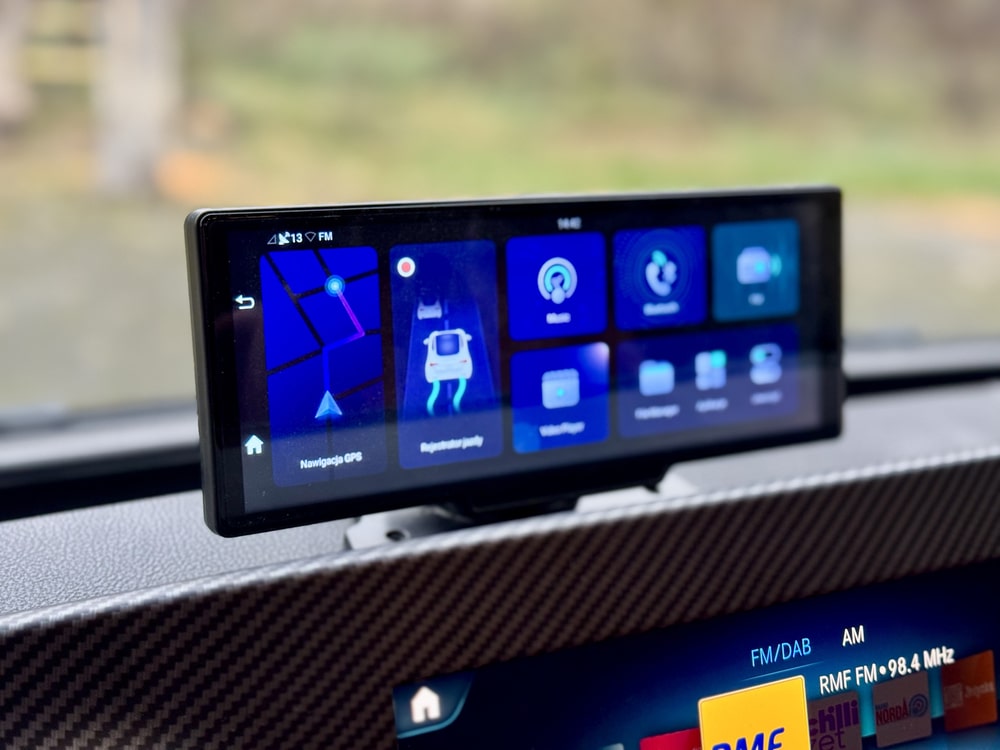What’s changing in the GSR? The new GSR II package – a revolution in vehicle safety.
For several years, the European Union has been successively introducing new regulations aimed at improving road safety. One of the key initiatives in this regard is the General Safety Regulation (GSR), or the General Regulation on Vehicle Safety. The latest phase of this program – GSR II, effective July 2024. – introduces significant changes that affect both vehicle manufacturers and users. What is worth knowing about them?
What is the GSR?
The GSR is a set of technical requirements for vehicle equipment that aims to:
- reduce the number of road accidents,
- reduce the number of fatalities and injuries,
- increase protection for pedestrians and cyclists,
- preparing the ground for autonomous driving in the future.
The first phase of the GSR was launched in 2022, and further changes – known as GSR II – are being implemented from mid-2024.
What does GSR II introduce?
As of July 2024, all newly approved commercial and passenger vehicles sold in the EU must be equipped with a number of advanced driver assistance systems. Here are the most important of these:
- ISA – Intelligent Speed Assistance
A system that recognizes speed limits and assists the driver in complying with them. It can intervene in the vehicle’s behavior, such as through warnings or power limitation.
- DDAW – Driver Drowsiness and Attention Warning
Sensors that detect signs of driver fatigue or distraction – the system tells you if you need a break. - EDR – Event Data Recorder
A data recorder at the time of an accident, similar to the “black box” in an airplane. It records key driving parameters for later analysis of the incident. - AEBS – Autonomous Emergency Braking System.
An automatic emergency braking system that detects obstacles and other vehicles, and in some cases pedestrians and cyclists. - LDWS – Lane Departure Warning System.
A system that warns the driver when a vehicle unintentionally leaves a lane. - Reversing Detection (reversing camera or sensors).
Facilitates safe reversing, especially in commercial vehicles and buses. - Improved side impact protection and blind spot detection (Blind Spot Detection).
Applies mainly to trucks and buses – assists in avoiding collisions with pedestrians and cyclists when turning.
🚐 GSR II and the price of the vehicle – what does this mean for Auto-CUBY customers?
At our company, which specializes in the production of VIP, touring and special vehicles, the implementation of GSR II requirements means that equipment must be adjusted already at the base vehicle stage. This includes, among others, mandatory:
- ISA, AEBS, LDWS systems,
- reversing cameras and fatigue sensors,
- EDR – event recorder,
- blind spot monitoring systems.
📈 In practice, this translates into an increase in the price of the base vehicle. However, our company is in constant contact with base vehicle manufacturers to optimize costs and offer competitive prices, while ensuring compliance with the new regulations and the highest standard of safety.
The introduction of GSR II is a milestone toward safer and more automated roads in Europe. While it comes with additional challenges for vehicle manufacturers and users, in the long run it will bring real benefits – in the form of fewer accidents and higher protection of human life.
Is your company ready for GSR II?

